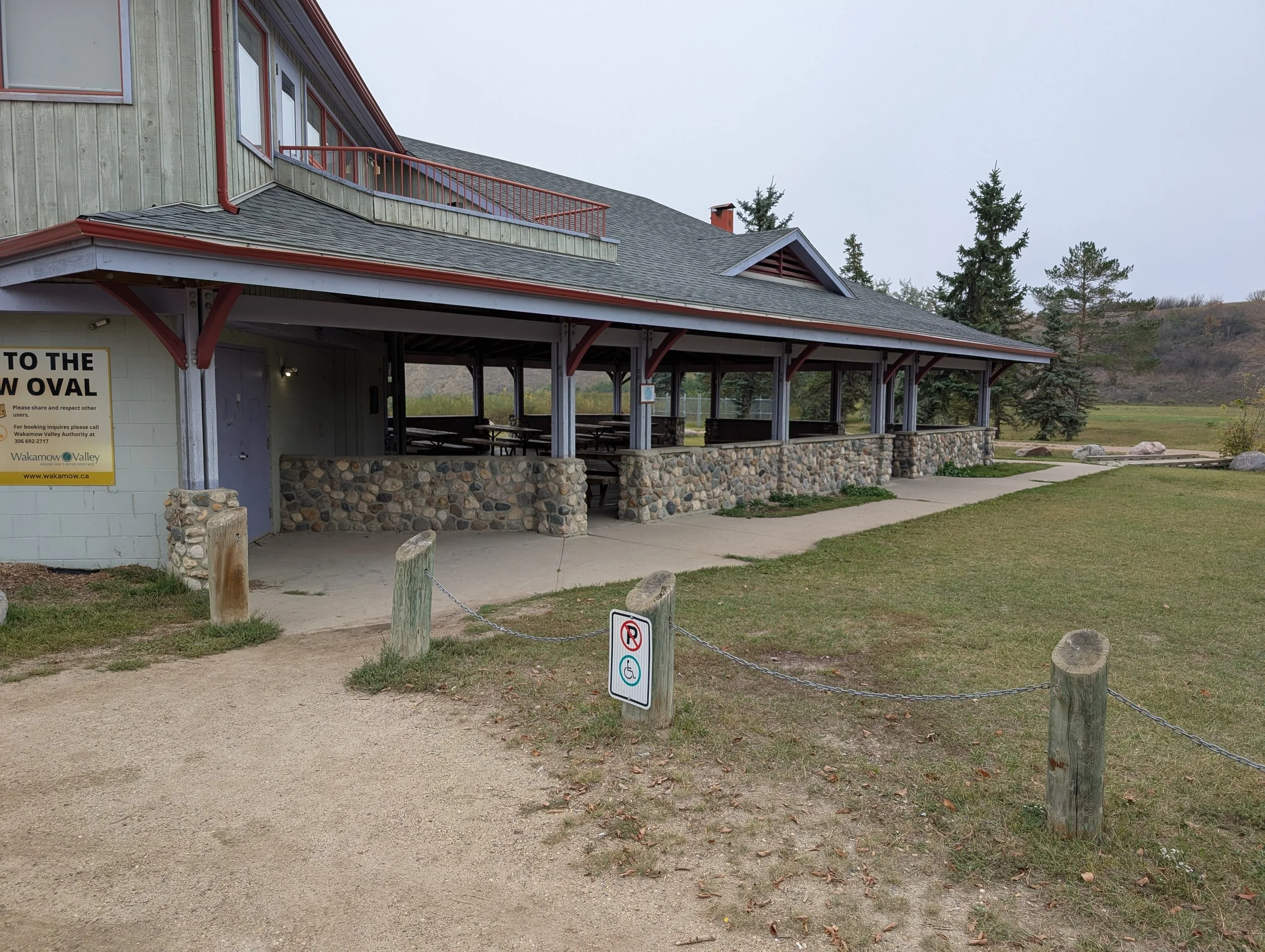Promoting Your Park
JUMP TO:
MORE DEVELOPMENT SECTIONS:
YOU BUILT IT; WILL THEY COME?
Promoting Your Park Project
Whether your new park project is meant mainly for residents, or if it’s part of a strategy to draw in visitors to your community, people need to know about it, and how to find it!
In some cases, a park project might be years in development, and residents are eager to start using it. In this case, having a newsletter email list of those already interested and engaged can help you promote and generate excitement for your project.
Post updates on your website, or on social media as your plans progress. If it fits in your budget, plan a public event when your project is complete and ready to use! This might also be an opportunity to highlight the project, and your community, in a local newspaper.
Events are a great way to bring an engaged group out to a park, whether it’s a festival or trade fair, or an exploration event co-hosted with another organization. For example, if you’ve added amenities to your conservation area for cross country skiers and winter hikers, hosting an event with your nordic ski club is a great way to get the word out. They can bring out their members, and having a festive element might bring out some newbies to the sport as well.
Finding Your Way
If your park project benefits visitor traffic, or is intended as an attraction to bring in travellers, an essential part of the planning should go towards wayfinding signs and online information to guide users.
While your website and online maps are useful tools for someone searching for something specific, there is a user group that you might miss: the accidental visitor. In this case, ensure that your community’s visitor centre has updated information on the location, parking, any user fees, and why the park project should be a point of interest on a traveller’s journey through the region.
Additionally, implementing good road signs to direct street and highway traffic to a new publicly accessible park or conservation area benefits both residents and travellers.
Finally, for those seeking things to do in your community, creating a map location on Google and Apple maps can help. When you create the entry, make sure that you include images of the park, a description of activities, parking and accessibility information, and nearby amenities that travellers and residents can also enjoy.
Once they’ve found the park, your park wayfinding signs can pick up the rest! Use information signs at parking spots to provide information about the park or trail network, and ensure that trailhead signs are clear and easy to spot from common access points. Your users will thank you for the guidance!
Learning As You Go
There are a number of benefits to investing in an interpretive or information centre for your park, and a number of expenses to consider, too. Setting up an information centre doesn’t need to be an expensive undertaking. Look for opportunities in the community to integrate a park interpretive centre or information hub into an existing building.
For a conservation area, an interpretive centre can be an important focus point for education efforts, providing spaces for schools to offer outdoor programs, and also handy ways to provide amenities to park visitors.
Interpretive centres don’t require staff, though having someone available to answer questions and provide a welcome presence for visitors can be a good seasonal investment.
If you don’t have the resources or need to have a centre for information in your park or conservation area, is there an opportunity to have a program coordinator who can take the education out to the public?
Depending on your needs, having staff that interact with park visitors as they experience the park can enhance the experience. Having someone out in the park who is available to answer questions has the added benefit of someone who can report problems in the park to maintenance staff, and to naturally discourage undesired uses within the park.
Wakamow Valley Authority manages a diverse conservation area through the Moose Jaw River Valley, a region with a great deal of history. The archeological history, the area’s development history, and information about the area’s native species are housed in a staffed office in the park. The information centre provides an introduction to the park, and the friendly staff can answer any visitor questions. The office is located in an events centre that is also available for private bookings by Wakamow Valley Authority. By using some of the administrative office space for park information, park staff can help welcome visitors to the area and teach them about the rich history of this conservation area.

CHECKLIST ITEM
Develop a strategy for promoting your new park project to both existing and engaged users, and to new visitors. Ensure users can access the information they need both online and in person to enjoy their visit!
Pavillion and Arena, Wakamow Valley, Moose Jaw







